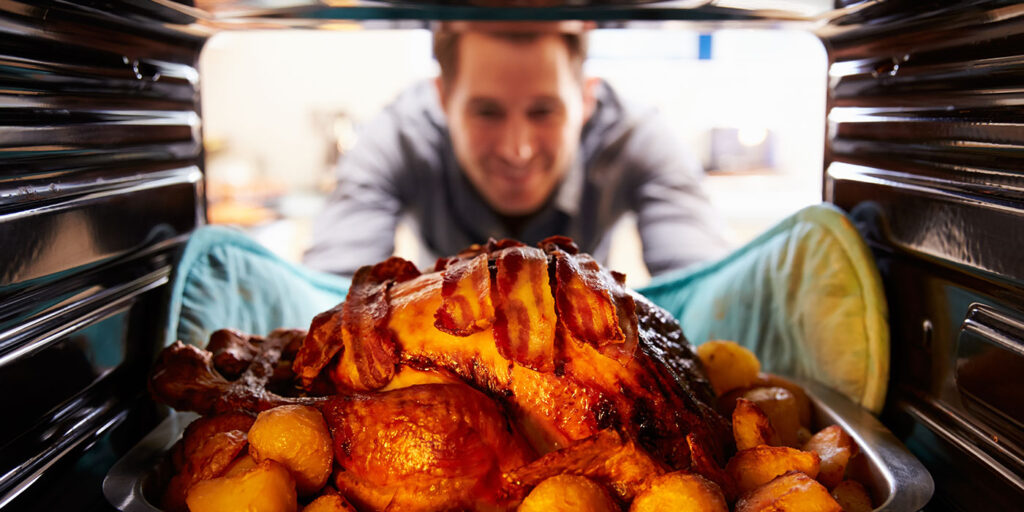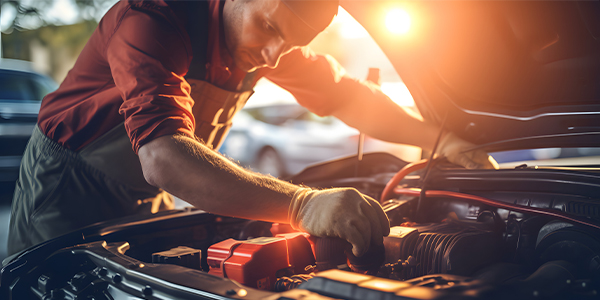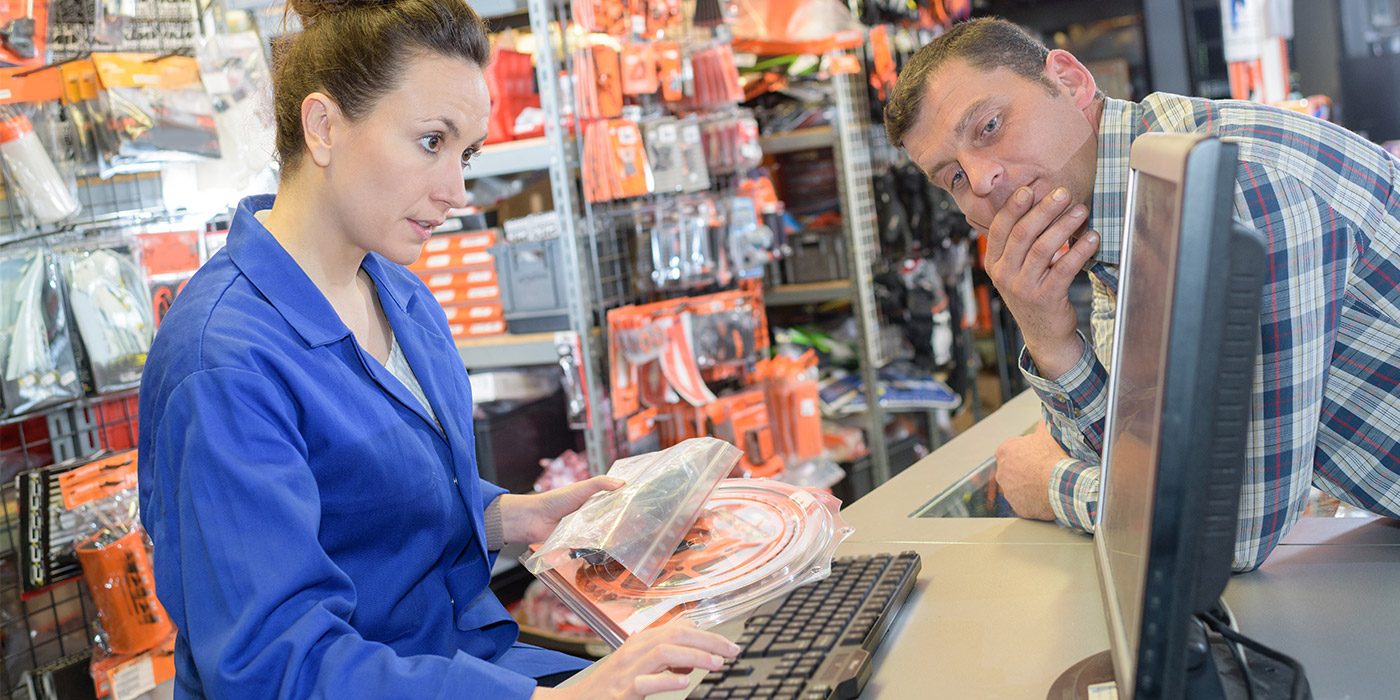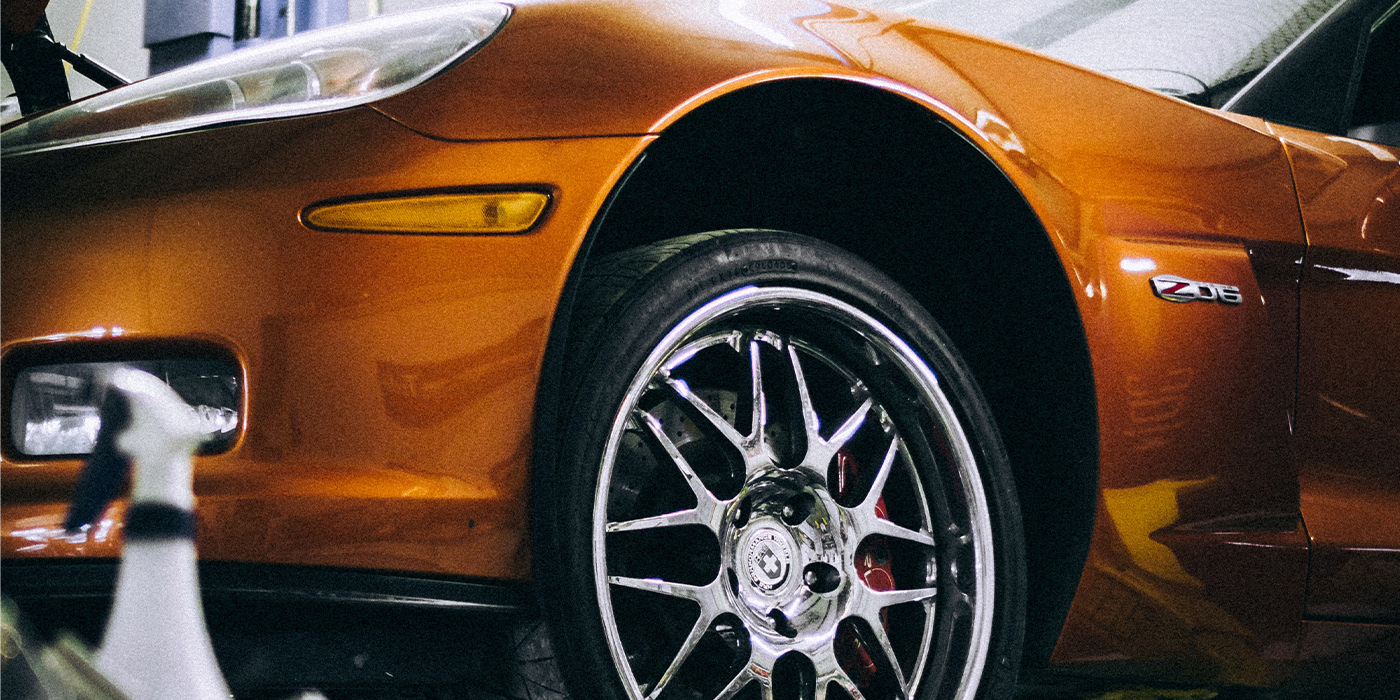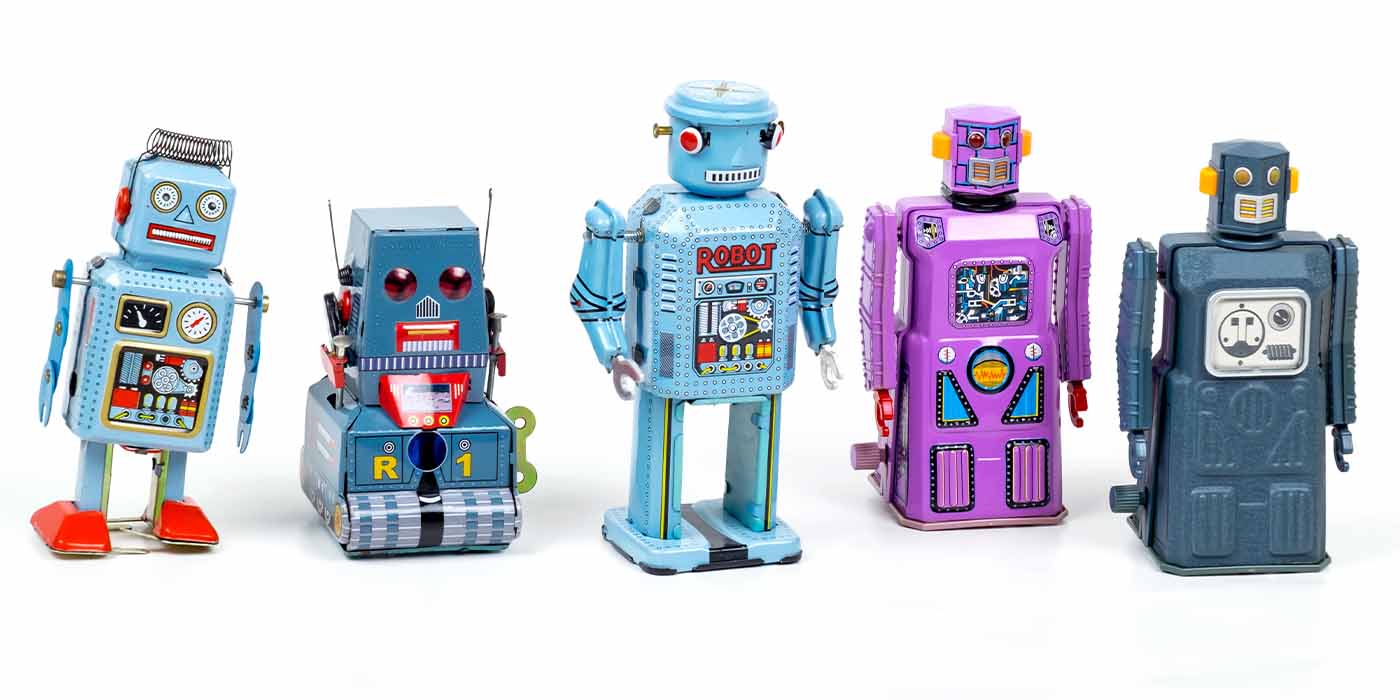It’s almost here. Thanksgiving. If I truly had to pick a day out of the year that is my favorite, I would have to go with this one. Christmas is a close rival, and in my family the meal is the same, but Thanksgiving seems to have an extra impact because it’s been an entire 11 months since I get to partake in such an amazing spread of food.
I have to admit, I usually don’t take place in the cooking or preparation of the meal, but I still earn my keep with plenty of other chores in preparation for visiting family and friends. And there are certain jobs I always must do, such as moving the roasted turkey from the oven pan to the serving tray, carrying it to the table and carving it.
Make no mistake, even though I don’t normally do it, I have indeed prepared and cooked the turkey in the past, and I’m proud of the fact that it turns out exactly as it should. A typical stereotype for a guy is that we can’t heat up a burrito without messing it up, but they weren’t thinking about auto technicians when they thought that one up.
Auto technicians make excellent cooks! Why? Because we diagnose day in and day out, and we know how to follow instructions. I’m not talking about assembling a TV stand or some other pre-made home furnishing, I’m talking about in-depth diagnostics that we see on a regular basis, usually the result of a check engine light.
The most efficient and accurate way to diagnose these problems is by following the flowchart provided by the manufacturer. That way we don’t miss a step and overlook any important details during our diagnosis. This is a lot like cooking.
Cooking is a scientific procedure composed of different ingredients and steps. It’s simple. If you use what a recipe calls for, if you measure correctly and do it in the right order, it will turn out exactly how it should.
I’ve always been thankful for many things in my life, but one in particular has been a great family and many fantastic recipes passed down for generations. So, I’m going to share our Thanksgiving turkey recipe with you. It’s amazingly simple, and if you want a juicy, picture-perfect Hollywood turkey, follow this recipe like you would a diagnostic flowchart.
As penned by my great-grandmother in a recipe book many years ago:
“A 10-12 lb. turkey will serve 10-12. If you roast a 16-18-20 lb. bird, count on 4-5 hours, though it may take less time. The 10-lb. turkey should take 3-3 ½ hours. Experience is the truest teacher.”
- Dress and clean the turkey, salt and pepper the inside, stuff and truss. Allow 8 cups of stuffing for a 10 lb. turkey. Do not pack the stuffing. It needs room for expanding.
- Place the turkey on its back on a trivet in the roasting pan. Salt and pepper it.
- Spread entire exposed surface with a mixture of 1/3 cup softened butter mixed with 1/4 cup flour. (Tip: The consistency of this mixture is similar to peanut butter.)
- Dredge (this means lightly coat in cooking terminology) bottom of pan with flour.
- Place in 450-degree oven until flour on turkey begins to brown.
- Reduce heat to 325- to 350-degrees and baste every 15 minutes until turkey is cooked. For basting, use ½ cup butter (or margarine) melted in ½ cup boiling water. After this is used, baste with fat in pan. Keep adding water during cooking to prevent flour from burning and to provide for basting.
- If turkey is browning too fast, cover with buttered brown paper to prevent burning.
There you have it. Old school cooking. Lots of butter, but it sure is worth it. When it is done, the roasted skin is an amazing thick layer of unbelievable deliciousness. People will fight over it. The best part about cooking it is you can steal small “bonus” pieces of skin before it gets to the table. And the meat inside is the juiciest you will ever have.
I hope you enjoy your Thanksgiving and all the upcoming holidays. Gobble Gobble!

